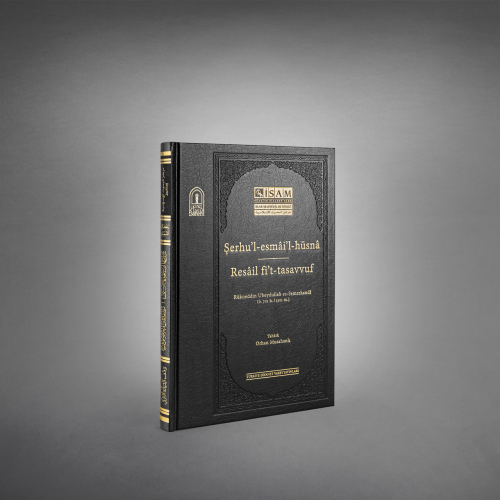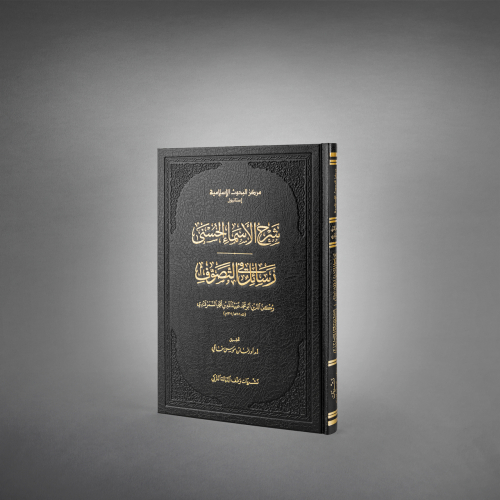Sharḥ al-Asmāʾ al-Ḥusnā - Rasāil fī al-Tas̠awwuf
ʿUbayd Allāh al-Samarqandī (d. 701/1301) was a Sufi-leaning scholar belonging to the Māturīdī-Hanafī tradition. Although he took Ashʿarī-Shāfiʿī sources into account in his works on kalām and fiqh, he predominantly emphasized the Māturīdī-Hanafī perspective.
In his Jāmiʿ al-Uṣūl, a treatise on the principles of Islamic jurisprudence, he based his discussions on Fakhr al-Dīn al-Rāzī’s (d. 606/1210) al-Maʿālim and al-Maḥṣūl, presenting a comparative analysis of Shāfiʿī and Hanafī doctrines, generally favoring the latter. In his Sharḥ al-Asmāʾ al-Ḥusnā, which we have prepared as a critical edition, he produced an abridgment of al-Ghazālī’s (d. 505/1111) al-Maqṣad al-Asnā and offered critiques of al-Ghazālī from a Māturīdī standpoint, especially on issues where Māturīdī and Ashʿarī theology diverge. Accordingly, this work may be regarded as a reworking of al-Maqṣad al-Asnā through a Māturīdī lens.
Al-Samarqandī’s Sufi inclination is evident not only in the Sharḥ al-Asmāʾ but also in his eight mystical treatises, which have been critically edited. These are: Risālat al-Qalb fī’l-Malakūt, Risāla fī ʿIlm al-Ḥaqīqa, Risāla fī ʿIlm al-Ṭarīqa wa’l-Ḥaqīqa, Risāla fī Maʿrifat al-Insān, Risāla fī’l-ʿIbāda wa’l-ʿUbūdiyya, Risāla fī Masāʾil al-Ṭarīqa wa’l-Ḥaqīqa, Risāla fī’t-Tawba, and Risāla fī Ḥaqīqat al-Rūḥ al-Nāṭiqa.
The foundation of these treatises reflects not so much Ibn al-ʿArabī’s (d. 638/1240) ontological mysticism, but rather the early Sufi understanding as filtered through al-Ghazālī’s synthesis. Nevertheless, al-Samarqandī criticized al-Ghazālī’s divergence from classical kalām on the question of the soul. His reference to Najm al-Dīn al-Kubrā (d. 618/1221) as “the master of our shaykh, Sayf al-Dīn Bāharzī (d. 659/1261)” indicates his connection with the Kubrawiyya order.
These treatises, identified, analyzed, and critically edited by Orhan Musahanlı, together with Sharḥ al-Asmāʾ al-Ḥusnā, have been published within the İSAM “Late Classical Period Project.” They bring to light the Sufi intellectual world of a multifaceted scholar who stands at the intersection of kalām, fiqh, and taṣawwuf.
Click here to buy.

